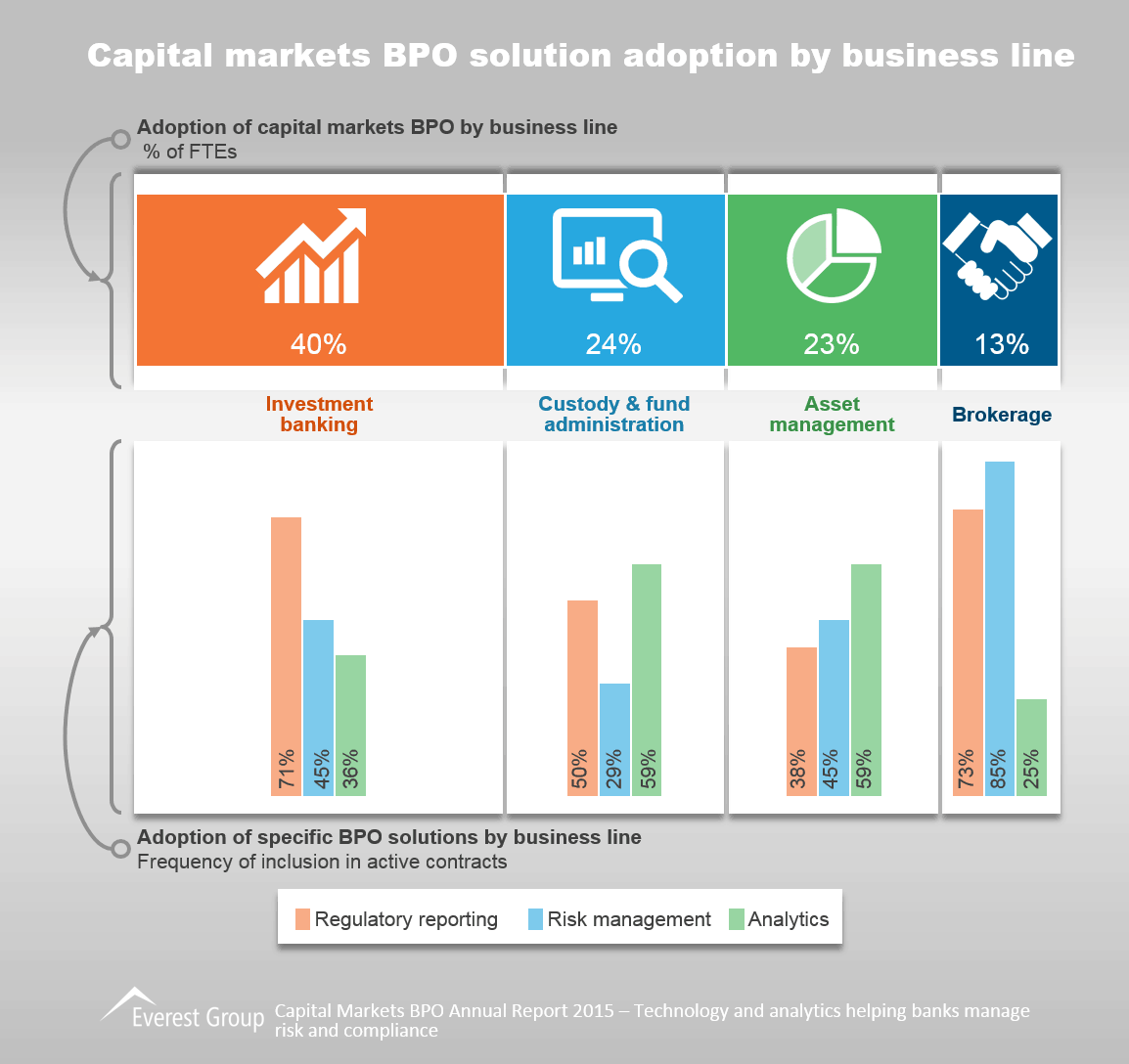September 3, 2015
Are you a brilliant Java coder? An expert in the R programming language? A phenomenal database administrator? A brilliant software seller? Sorry to say it, but you’re likely to soon be a member of the “extinct club.”
In corroboration of Scottish economist Adam Smith’s concept of the division of labor, organizations have historically preferred and hired specialists to develop their technologies, and other specialists to sell them. These masters of their craft had acclaimed expertise in their specific areas. And despite the evolution from mainframes to microcomputers to PCs to client server to ERP to the web, it was relatively easy for them to upskill or move to an adjacent skill, as the technologies adopted by companies rarely changed in their fundamental structure.
This gave rise to an “I am a developer, let me develop, I am in sales, let me sell” model within technology companies. It worked well, as enterprises persisted with outdated technologies they had intertwined their business models, and the cost of replacement was prohibitively high. This persistence created the specialists, who were assured of their place in the high echelons of technology as the landscape was not changing fast enough. This also gave rise to the outsourcing industry, which was leveraged to support these outdated systems and reduce the cost of management.
However, those times are gone. Due to digital transformation, organizations expect their professionals to understand not only the technology, but also business users’ perspectives, technology ease of use, consumption flexibility, and creation of top line impact. Development or sales specialists lacking a comprehensive business view are quickly losing their relevance and competitive edge.
Lack of relevance and competitive edge can, and will, also effect many technology providers. This is due, in large part, to the fact that as the cost of consumption of hardware and software decreases, organizations are increasingly willing to dismantle their existing systems and embrace newer models, e.g., migrating from one SaaS CRM to another. The idea of “fail fast, fail better” is gaining traction within enterprises, and technology companies need to align their business models accordingly to serve them.
The reality is that this sea change requires full-scale overhaul of technology providers’ entire business model – including their investment strategy, product roadmap, partnership ecosystem, and go-to-market approach. Yet executives in these businesses have made their careers and big money by developing and selling technology in a certain manner that promotes status quo. Think about a large software vendor and its partners who earn millions of dollars by just providing “certificate training” for their technologies. If the technologies become redundant, their bottom line will be severely impacted. Therefore, they will invest all their efforts in ensuring their clients stick to their technology platforms, irrespective of whether they are outdated and unable to cater to the business. Of course, there are buyers that do not want to rock the boat by changing something until it is really broken. This comfortable nexus has been going on for ages.
But the times are changing very fast. Technology providers that view their buyers as “cash cows,” rather than valuable partners to be helped to achieve business objectives, will fast lose relevance. The providers that succeed will: 1) embrace this new world of disruption, and create meaningful solutions that are more than beautified version of their outdated platforms wrapped in a pretense of user friendliness; and 2) make their prized specialists realize the new norm of the business wherein they need to at least understand, if not master, the art of viewing the world from a business and end-user perspective that incorporates a holistic paradigm beyond their usual tunnel vision.
If he were alive today, Adam Smith might well have changed his tune, instead suggesting malleable skills to enable technology companies’ success in these uncertain times of technology.
Photo credit: Flickr



